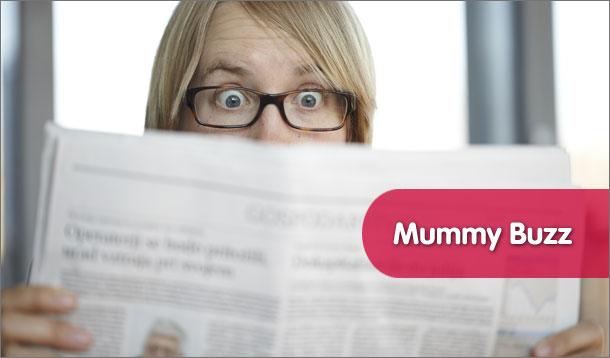
“It’s wild when we see them all together — they all look alike,” said 48-year-old Ms. Daily, a social worker in the Washington area who sometimes vacations with her son's 'extended' family.
As more women choose to go it alone, and the number of children born via artificial means continues to rise, so too are the outsize groups of donor siblings.
But this begs the question: should donors be restricted to a sperm quota, say 10? After all, Ms Daily's donor is not the exception to the rule; many others donors are fathering up to 50 or more biological children.
Parents, donors and medical experts are concerned about the potential negative consequences of having so many related but estranged children, including the possibility that rare genetic diseases could be widely spread through the population.
There is even the risk of 'accidental incest' between half sisters and half brothers, who live in close proximity. Think about it. The concept is actually not as far-fetched as it may initially seem.
“They think their daughter may have a few siblings,” said Ms. Kramer who started a sperm registry in 2000, “but then they go on our site and find out their daughter actually has 18 brothers and sisters. They’re freaked out. I’m amazed that these groups keep growing and growing.”
Sperm donors, too, are (rightly) becoming concerned. “When I asked specifically how many children might result, I was told nobody knows for sure but that five would be a safe estimate,” said an anonymous Texan donor. “I was told that it would be very rare for a donor to have more than 10 children.”
He later discovered in the Donor Sibling Registry that some donors had dozens of children on file. “It was all about whatever [the sperm bank] could get away with. It is unfair and reprehensible to the donor families, donors and donor children.”
With fertility clinics and sperm banks increasingly interested in turning huge profits, they are ignoring the inherent irresponsibility of their actions. Shouldn't legal limits be placed on the number of children conceived by one donor's sperm? Does anonymity preclude ethics?
"
 If you thought munching on bugs was reserved to the gross-out factor of shows like Survivor, think again. If the European Union has its way, insects will form a part of our regular diet.
If you thought munching on bugs was reserved to the gross-out factor of shows like Survivor, think again. If the European Union has its way, insects will form a part of our regular diet.
According to a report in the Telegraph newspaper, the UK's Food Standards Agency is set to investigate the health benefits of entomophagy (aka bug eating), after experts in Brussels suggest that consuming insects could one day be the answer to food shortages.
Bug aficionados claim that bugs are actually good for you -- lower in cholesterol and fat, and higher in protein, than other more common foods like lean ground beef.
"By 2020, you will be buying insects in supermarkets," predicts Professor Marcel Dicke, head of one of the teams applying for the EU research grant. "We will be amazed that in 2011 people didn't think it was going to happen."
Food choice is a highly subjective, largely cultural affair. The French eat horse meat; Filipinos eat fish heads. Several cultures dine on brains and 'sweetmeats'.
And I know bugs have already made their way onto plates in some Canadian restaurants. The question is: have you, or could you, bring yourself to eat creepy crawlies?

After taking part in a controversial shoot with celebrity photographer Tyler Shields, Glee star Heather Morris has been attacked for glamorizing domestic violence. In the daring shoot the actress proudly sports a black eye and is bound with the cord of an iron.
The pictures on Shields' website depicting Morris as "a subversive 'Barbie style' housewife".
Needless to say, not everyone sees the 'art' in the photographs.
"It was something we both wanted to do, a bruised up Barbie," Shields told TooFab.com. "In no way were we promoting domestic violence. We both loved the idea and we both love the photos."
Shields, who previously photographed Lindsay Lohan holding a gun to her head, isn't the maverick he alleges to be.
An Edmonton beauty salon featuring a woman with a black eye with the slogan, 'Look good in all you do' has been under media fire, resulting in a boycott target.
In 2009, in Canada, an estimated 1.2 million people have faced domestic violence from a spouse, former or current. Between 2000 and 2009, there were 738 spousal homicides.
Really, fashion can be fun. Fashion can be frivolous. But this is not art, people. It's got a different name altogether: misogeny.